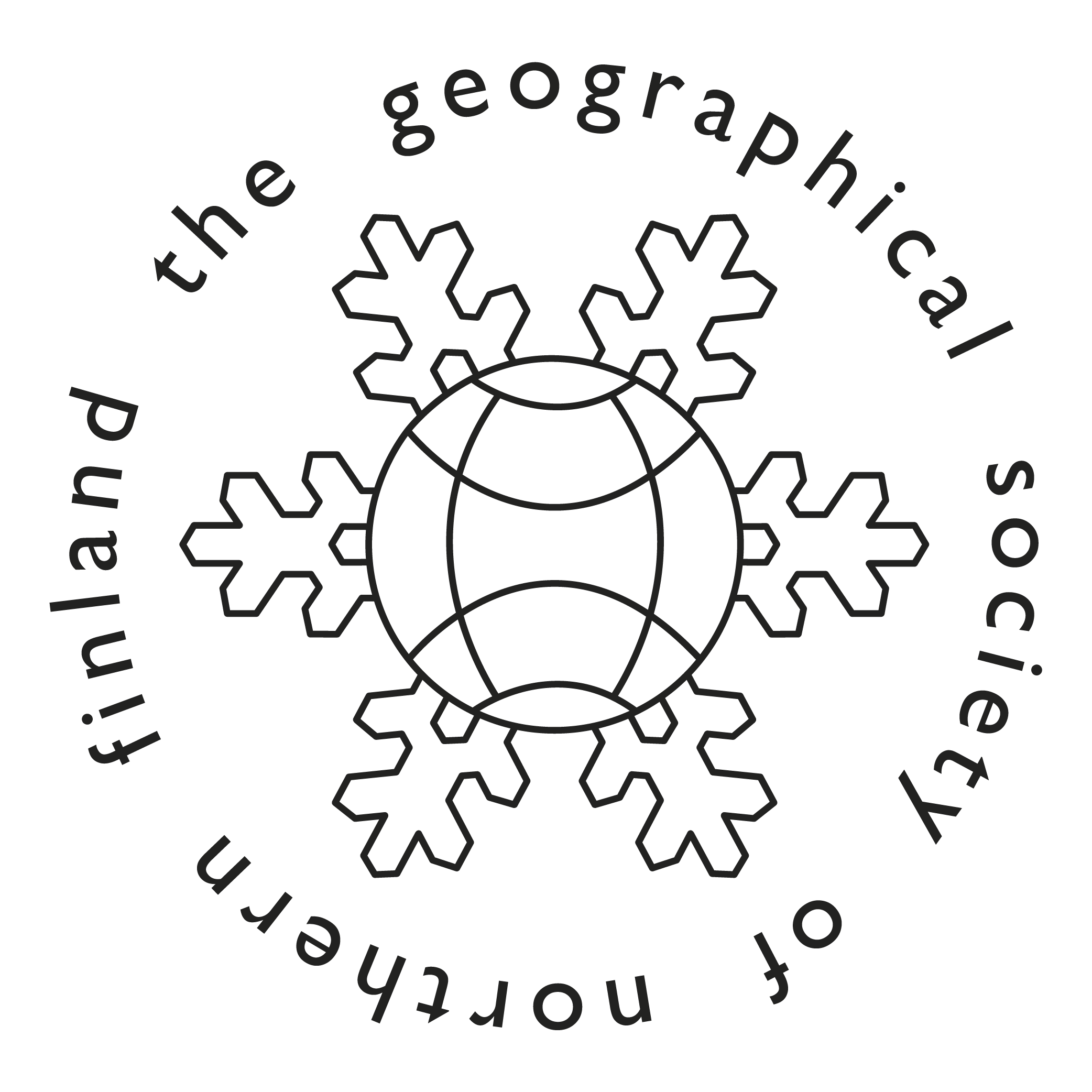Accessibility analysis of public services in rural areas under restructuring
Abstract
Finland is currently undergoing a restructuring of the municipal and public service structure. This restructuring is an effort to react, in addition to tightening economy, to the changing circumstances with regard to the demographic structure, especially in rural areas. This paper examines the use of geographical information systems (GIS) to analyze the spatial accessibility of public services and unearth differences in the accessibility of different demographic subgroups in a rural municipality with a developed road transport network, but declining population and economy. The potential for applying GIS methods to future rural development and policies, in light of an increasing trend of municipal merges, is also discussed. This paper seeks to show that GIS driven demographic analysis are valuable in exposing equality issues and differences between possible locations when provision of public services is planned. Datasets used in this research are digital road network data covering the full extent of the Finnish road network and population grid data including the population of Finland invarious demographic subgroups on a 1 km × 1 km grid cell size. Such datasets offer a unique insight into the spatial division of population and transport possibilities. Accessibility varies for different demographic groups and this can be projected and numerated by the use of two GIS methods: relative accessibility measures and average distance measures.






